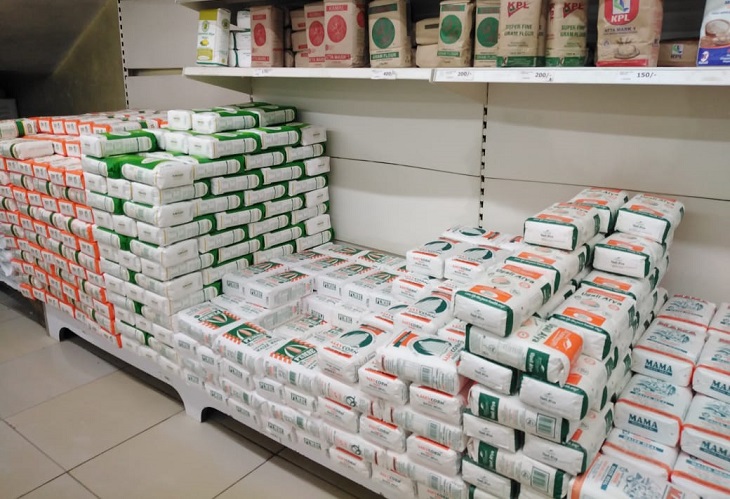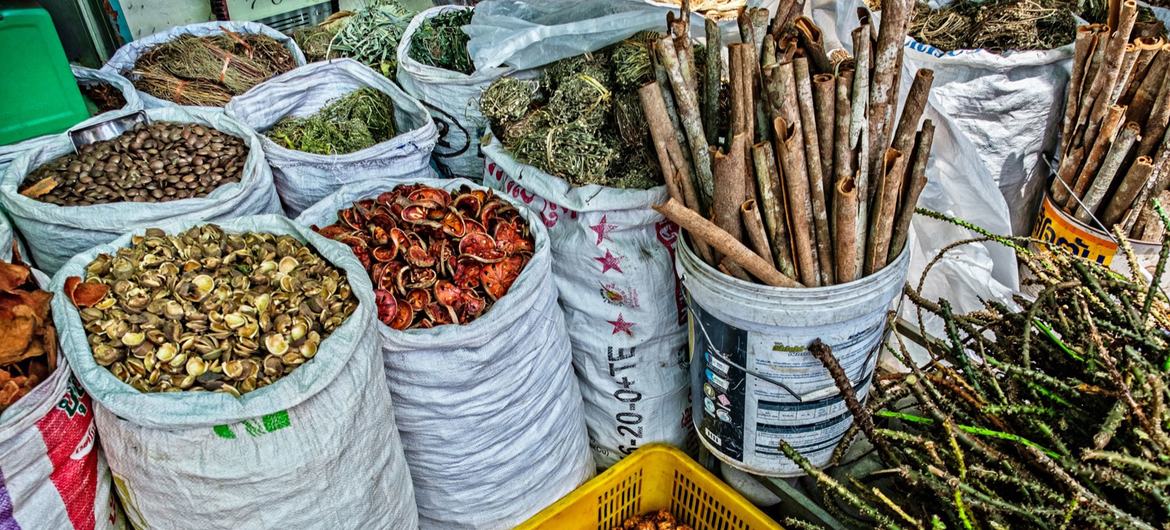Millers increase unga prices as maize supply tightens

According to the Kenya National Bureau of Statistics (KNBS), a two-kilogramme packet of fortified maize flour retailed at an average of Sh169.41 in April, up from Sh165.05 in March, marking a 2.64 per cent increase.
The price of maize flour rose for the second consecutive month in April, driven by stiff competition for grain between millers and animal feed manufacturers, prompting an intervention from the Ministry of Agriculture.
According to the Kenya National Bureau of Statistics (KNBS), a two-kilogramme packet of fortified maize flour retailed at an average of Sh169.41 in April, up from Sh165.05 in March, marking a 2.64 per cent increase.
More To Read
- Maize, sugar and cooking oil prices to rise in June as spinach, cabbage to drop - CBK
- Government assures Kenyans unga prices will remain stable amid supply concerns
- Kenya announces 50% duty waiver on importation of yellow maize
- Maize flour prices rise as local supply shrinks amid rising demand
- Milk and maize top the list of Kenya's most consumed food in 2023
This is the highest price recorded since February 2024, when the same packet was selling at Sh172.75. Compared to October last year, households are now spending Sh24.77 more per packet, representing a 17.13 per cent jump.
“The higher maize prices have strained cash flows, requiring more funds to maintain production capacity. Due to limited grain availability, many millers are operating on reduced schedules,” Chief Executive of the Cereal Millers Association Paloma Fernandes said in an interview with Business Daily.
“With maize prices continuing to rise, the cost of flour is expected to increase proportionally.”
To address the growing pressure on white maize supplies, Agriculture Cabinet Secretary Mutahi Kagwe announced in early April that the government would allow the duty-free importation of 5.5 million bags of yellow maize for animal feed production.
“The Ministry of Agriculture notes the growing competition between animal feed millers and maize millers for human consumption over limited maize grain stocks. As a result, the price of a 90-kilogramme bag of maize has risen by approximately 26 per cent compared to three months ago,” Kagwe said in a statement on April 4.
Beyond market dynamics, Kenya’s longstanding struggle with low maize yields is also compounding the food supply challenge. Experts have attributed the country’s poor maize production to pests, diseases, improper fertiliser use and a general lack of innovation in farming.
At present, Kenya produces an average of two metric tonnes of maize per acre, significantly lower than Tanzania’s three and Zambia’s 3.5 metric tonnes. This production gap has forced Kenya to rely heavily on imports to meet local demand.
Farmers are now being urged to adopt genuine, environmentally friendly agrochemicals approved by the government to improve productivity.
“Poor chemical usage remains a major contributor to low farm output. Our products are set to increase productivity by 10 per cent while reducing costs by seven per cent,” Managing Director of Rainbow Company East Africa, Murari Sharma, said during a field visit in Naivasha attended by over 5,000 farmers.
He noted that the company had launched a line of cost-effective products targeting destructive pests such as the fall armyworm, which has ravaged maize farms across the country.
Wicky Wang, the company’s CEO, assured that their agrochemicals meet both local and international safety standards.
Top Stories Today












































